For the first time ever, the NDA government has thrown a hint about the size of the public investment it plans to unleash over the next year or two to kickstart growth. Last week, we had estimated that in 2015-16, the government may be readying a kitty of the size of Rs 1,00,000-1,50,000 crore.
Today (6 January) , in an interview to The Economic Times , Minister of State for Finance Jayant Sinha has indicated an investment goal of nearly Rs 2,00,000-3,00,000 crore. If all of it happens in one year – though unlikely – the public investment stimulus would be in the range of 1.4-2.1 percent of projected GDP in 2015-16. The only question is whether there are enough projects ready to absorb this bonanza.
Given the private sector’s huge debt burden and banks’ huge portfolio of bad loans, it is obvious that public investment must pick up the slack. Sinha had this to say: “We have to think very creatively how do we unlock public investment and bring $25-50 billion. We are talking about Rs 2-3 lakh crore, let’s say, of public investment into the economy.”
As for where the money will come from, he talked of the normal routes like disinvestment, coal block auctions and spectrum sales. With the Union cabinet deciding on reserve prices yesterday (5 January) for large blocks of spectrum in the 800 Mhz, 900Mhz, 1,800 Mhz and 2,100 Mhz bands, a revenue bonanza could be in store in 2015-16.
The government said the reserve prices were Rs 3,646 crore per Mhz of all-India spectrum in 800 Mhz, Rs 3,980 crore for the 900 Mhz band (excluding Mumbai, Delhi, Mumbai, J&K and Kolkata), and for 1,800 Mhz Rs 2,191 crore (this excludes Maharashtra and West Bengal.
According to Business Standard , excluding the 2,100 Mhz, the base price will ensure earnings of Rs 64,840 crore – a quarter of it this year. The balance – over Rs 48,000 crore – will go towards building the public investment war-chest in 2015-16 and beyond. Add the 2,100 Mhz band (where it is unclear if 5 Mhz or 20 Mhz will be offered), and the money from spectrum sales could be anywhere upto Rs 80,000 crore overall – the bulk of it coming from 2015-16.
Sinha hinted in the interview to ET that the fiscal consolidation roadmap may be tweaked to squeeze out more funding for public investment. “Obviously, those are the ways in which we are thinking about good and creative solutions.” He also expects around Rs 20,000-40,000 crore from coal auctions.
As we had noted last week , if the fiscal deficit target for 2015-16 is cut only marginally, to say 4 percent (from 4.1 percent targeted this year), this will give the government nearly Rs 30,000 crore of additional resources if the economy grows at 6 percent next year, and inflation is around 4 percent on an average. If inflation is higher, the resources available will be higher as the nominal GDP will rise with inflation.
On 1 January, another prong of the strategy became apparent, when the government announced its third increase in excise duties of Rs 2 a litre on unbranded petrol and diesel since October 2014, when global oil prices started tumbling. Similar increases have been announced for branded fuels as well, enabling the government to rake in around Rs 54,000-58,000 crore in a fully year from the three hikes.
While the excise hikes will help the finance minister plug some of the shortfalls in indirect tax revenues this year to meet his 4.1 percent fiscal deficit target, the additional revenues next year will be used to start a massive road-building programme to boost growth.
But it is not only road-building that will get the benefit of public investment. Railway Minister Suresh Prabhu is also planning an unconventional boost to railway investments by generating more non-tariff revenues. A committee headed by former finance secretary DK Mittal, has apparently recommended a plan where corporate houses can brand trains and railway stations for a fee. When fully rolled out, this scheme alone is expected to generate Rs 8,000 crore of annual revenues. A conservative estimate for the first year of its implementation could be around Rs 3,000 crore.
The other key prongs in the drive to beef up investments in infrastructure are more revenues from spectrum and disinvestment – and leaving banks to finance their capital needs by tapping the market.
NDA-2, it is clear, is following in the footsteps of NDA-1 under Atal Behari Vajpayee, which got growth and jobs up and inflation down by its large public investment in road building.
Narendra Modi is taking a leaf out of Vajpayee’s book, only this time it is a whole branch, and not just a leaf. Rs 2,00,000-3,00,000 crore is one helluva public investment stimulus. It would range from 1.4-2.1 percent of potential GDP in 2015-16.
(Read the full Jayant Sinha interview here )


)




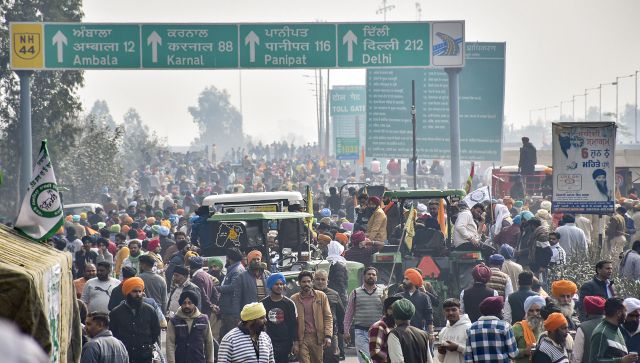)
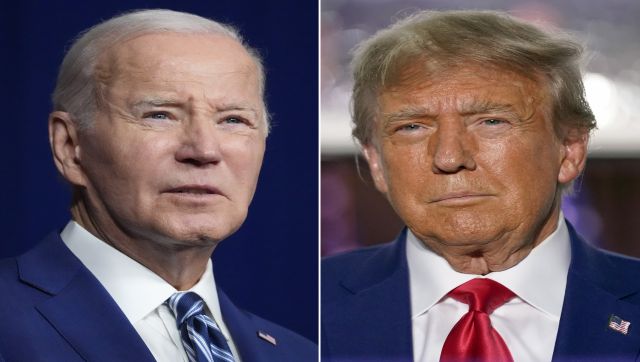)
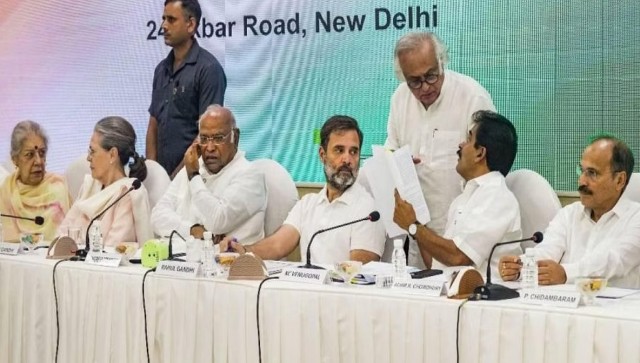)
)
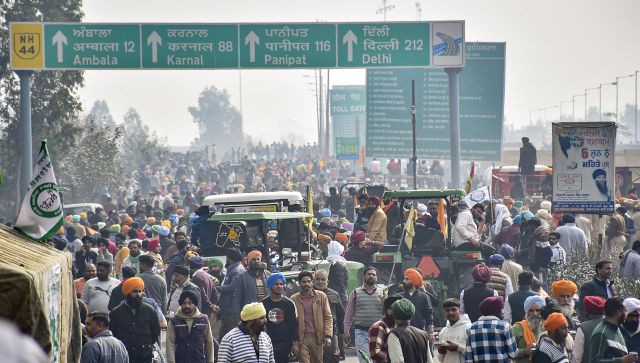)
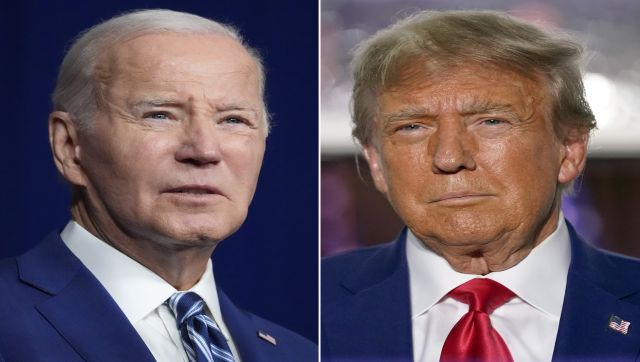)
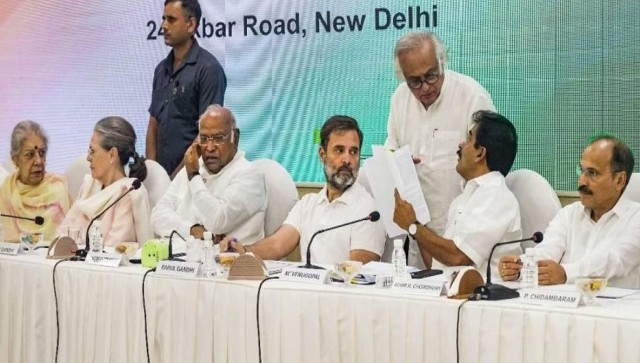)
)